(Fatherland) - In September 2016, Xuan Pha dance was recognized as a national intangible cultural heritage. This heritage is not only a unique cultural treasure of Thanh land, but has also become a precious gem in the national cultural heritage treasury.
Preserving the heroic history of the nation
Xuan Pha dance is one of the typical performances, marking the heroic past of the nation through the dynasties in feudal history, in Xuan Pha village, Xuan Truong commune, Tho Xuan district (Thanh Hoa province). Xuan Pha dance is considered not only unique, special but also "one of a kind" in Thanh Hoa.

Xuan Pha dance carries the colors of 5 neighboring countries bringing gifts to the Le Dynasty with 5 dances: Hoa Lang, Chiem Thanh, Tu Huan (Luc Hon Nhung), Ai Lao and Ngo Quoc.
Many generations of Xuan Pha villagers have passed down the story that the Xuan Pha play dates back to the 9th century, associated with the story of the village's tutelary god helping King Dinh Tien Hoang defeat the 12 warlords.
According to ancient legend, when the country was invaded by foreign invaders, the king sent messengers everywhere to pray for all spirits, people and talented people to rise up and fight the enemy to save the country. When the army reached the Chu River bank, near Xuan Pha village (now Xuan Pha village, Xuan Truong commune, Tho Xuan district, Thanh Hoa), it was dark and there was heavy rain and strong wind. The messenger and his entourage had to take shelter in a small temple on the riverbank. At night, the village god of Xuan Pha appeared in a dream to show them how to fight the enemy. The messenger was extremely excited and quickly returned to the capital to report the dream to the king. Hearing that it made sense, the king immediately went with his army. When he encountered the enemy, the king did exactly as the village god had told him. Sure enough, the enemy was destroyed and the king returned victorious. The country returned to peace and the king held a festival to celebrate his victory.
To express gratitude to the village's tutelary god for his great contributions to the country, the king issued a royal decree to confer the title of "Dai Hai Long Vuong Hoang Lang Tuong Quan" on the village's tutelary god of Xuan Pha and ordered the villagers of Xuan Pha to build a temple to worship him, and at the same time rewarded the best and most beautiful dances and songs named after Xuan Pha village.

The Tu Huan performance, also known as "Luc Hon Nhung", simulates the Tu Huan ethnic group living in the northern mountains who come to pay tribute.
Xuan Pha dance originated as a royal court dance, then was taught to the people. Xuan Pha dance carries the colors of 5 neighboring countries bringing gifts to the Le Dynasty with 5 dances: Hoa Lang, Chiem Thanh, Tu Huan (Luc Hon Nhung), Ai Lao and Ngo Quoc.
Xuan Pha dance is a synthesis of art forms: dance, singing, music and performance costumes creating a very unique and special dance and singing system.
The musical instruments used in Xuan Pha dances are drums, cymbals, wooden fish or bamboo flutes, creating cheerful sounds. The dance movements are sometimes graceful and rhythmic, sometimes strong, creating a climax, giving the audience a feeling of excitement, strength, and vitality...
The characteristic of Xuan Pha dance is that the male dancers have free movements, with open, strong arms and legs, expressing "softness in hardness, softness in hardness" with many dance movements and dance formations, highlighting the nuances of rice culture, the graceful, delicate, discreet but also very strong appearance of the Vietnamese people.
The unique thing about Xuan Pha is that there are three dances in which the performers must wear masks, namely Chiem Thanh, Hoa Lang and Luc Hon Nhung. Every day, everyone in the village knows each other, especially the artists participating in Xuan Pha dance, but once they are in costume and in character, no one can recognize each other.
In the Champa game, the lord's shirt is made of beans, the soldier's shirt is made of silk, both dyed red, without any embroidery or patterns. The phong shirt is a silk collar, a silk collar wrapped around the body. The lord and the soldier, wrap a red square scarf in two vertical horns on their heads, hold a half-face mask, fat in shape, with eyes like peacock feathers...

The characters in Cham dances often wear red costumes, including the lord, the lady, the phoenix, and the soldier.
Tu Huan's performance has a long hat (made of bamboo), a wooden mask of his great-grandmother, a mother mask, and ten children arranged in order from youngest to oldest...
Through the performances and dances, the king wanted the people of Xuan Pha to know how to unite, work and produce together... Typically, in the Hoa Lang dance, the dancers use fans and dance movements such as throwing flowers, expressing joy. Along with that, the dancers use Cheo songs to express life and making a living by the river. Or the Luc Hon Nhung dance shows the life in a family with many generations including the great-grandmother, mother and children... to teach children and grandchildren to respect their elders, give way to their juniors, and be united in the family.

The Flower Wolf Game
Every year on the 9th and 10th of the second lunar month, the people of Xuan Pha village gather together for the village festival. Up to now, the Xuan Pha village festival is not only for the villagers but has spread throughout the vast Tho Xuan area. Thousands of people come to attend and watch the Xuan Pha performances.
Journey to preserve the soul of heritage
According to Meritorious Artisan Bui Van Hung, Head of the Xuan Pha Traditional Art Troupe, in the 60s and 70s of the last century, the country was in a fierce war, and young men in the village all joined the army. Therefore, organizing the Xuan Pha festival was very difficult, mainly organized by the villages themselves.
In the 1990s, when the State had a policy of reviving national culture, the authorities and villagers of Xuan Pha were determined to restore these folk dances. At that time, the whole commune had only 5-6 elderly people who had directly participated in Xuan Pha dances, so the teaching was carried out very urgently and encountered many difficulties.

Laotian dance

Currently in Xuan Truong, there are about 22 artists contributing to the preservation of Xuan Pha dances. Among them, there is 1 People's Artist and 15 Meritorious Artists. The person who was awarded the title of People's Artist is Mr. Do Dinh Ta, who is over 90 years old.
After more than 40 years of pursuing the preservation of the ancient dances of his ancestors, Meritorious Artist Bui Van Hung shared, in the early 90s, I was the Secretary of the Youth Union of the commune and one of the first 20 people to be taught Xuan Pha dances by the elders. Restoring folk dances was not simple, the most difficult of which was the costumes. Fortunately, in the village at that time, there was a person who was the Director of Tho Xuan Trading Company who provided raw fabric to make costumes.

Meritorious Artisan Bui Van Hung and wooden statues simulating Xuan Pha dances
Because each dance has its own unique colored costume, once finished, the villagers of Xuan Pha dye it to match the color of each dance. "After each rehearsal, the dye from the costume soaks into the body, sometimes even after a week of bathing, it still doesn't go away. However, the love and pride in the dance of our homeland makes everyone excited, gradually overcoming difficulties," Meritorious Artist Bui Van Hung shared.
Not only are they the ones who keep the fire of enthusiasm burning for the Art Troupe, who regularly perform, the artists also join forces to promote and teach the younger generations, preserving the local cultural identity.
Artisan Bui Van Hung said that every year the troupe teaches beauty and goodness and performs Xuan Pha in schools throughout Tho Xuan district and in schools in the province upon request. There are years when so many students participate that the Xuan Pha Traditional Art Troupe does not have enough manpower to perform.
"In recent years, the locality has always developed a plan to teach Xuan Pha dance to students from primary to secondary schools. This is a very fun and healthy dance, both a way to spread cultural identity and a way to help children practice physical strength very well. Therefore, most of the children really like it, many of them volunteer to participate" - said artist Bui Van Hung.

Meritorious Artist Bui Van Hung has more than 40 years of preserving Xuan Pha dance art.
According to artisan Hung, the maintenance of the Art Troupe is mainly due to the enthusiasm of the members of the troupe for the art of their ancestors. The artisans still live mostly on farming, and when there are groups of visitors, they participate in performances or take Xuan Pha to places to promote according to the province's cultural program. "We have taken Xuan Pha to many places, Quang Nam, Da Nang, Ho Chi Minh City, Thai Nguyen, Tuyen Quang, Hue, Nghe An, Hanoi... in general, we have traveled a lot. We are very proud because Xuan Pha is a unique dance, recognized as a national heritage, and at the same time a dance unique to Thanh Hoa" - Artisan Bui Van Hung said.
Not only preserving Xuan Pha through maintaining the Art Troupe and promoting and performing in all regions, Meritorious Artisan Bui Van Hung also has the idea of preserving Xuan Pha dances for future generations in writing and artifacts. This plan has been implemented by Mr. Hung for many years. In the house of Meritorious Artisan Bui Van Hung, there are many wooden artifacts depicting Xuan Pha dances. Each artifact is delicately carved to closely match the movements of the dances.
In addition to the artifacts, artisan Hung also compiled details of the dances to pass on to future generations. "I do this because I want to preserve the value of Xuan Pha dance and pass it on to future generations. I also dream of being able to build a small traditional room for Xuan Pha dances," Mr. Hung shared./.
Source: https://toquoc.vn/ve-xu-thanh-xem-di-san-doc-nhat-vo-nhi-tro-xuan-pha-20241129135952617.htm


![[Photo] Prime Minister Pham Minh Chinh and Brazilian President Luiz Inácio Lula da Silva attend the Vietnam-Brazil Economic Forum](https://vstatic.vietnam.vn/vietnam/resource/IMAGE/2025/3/29/f3fd11b0421949878011a8f5da318635)
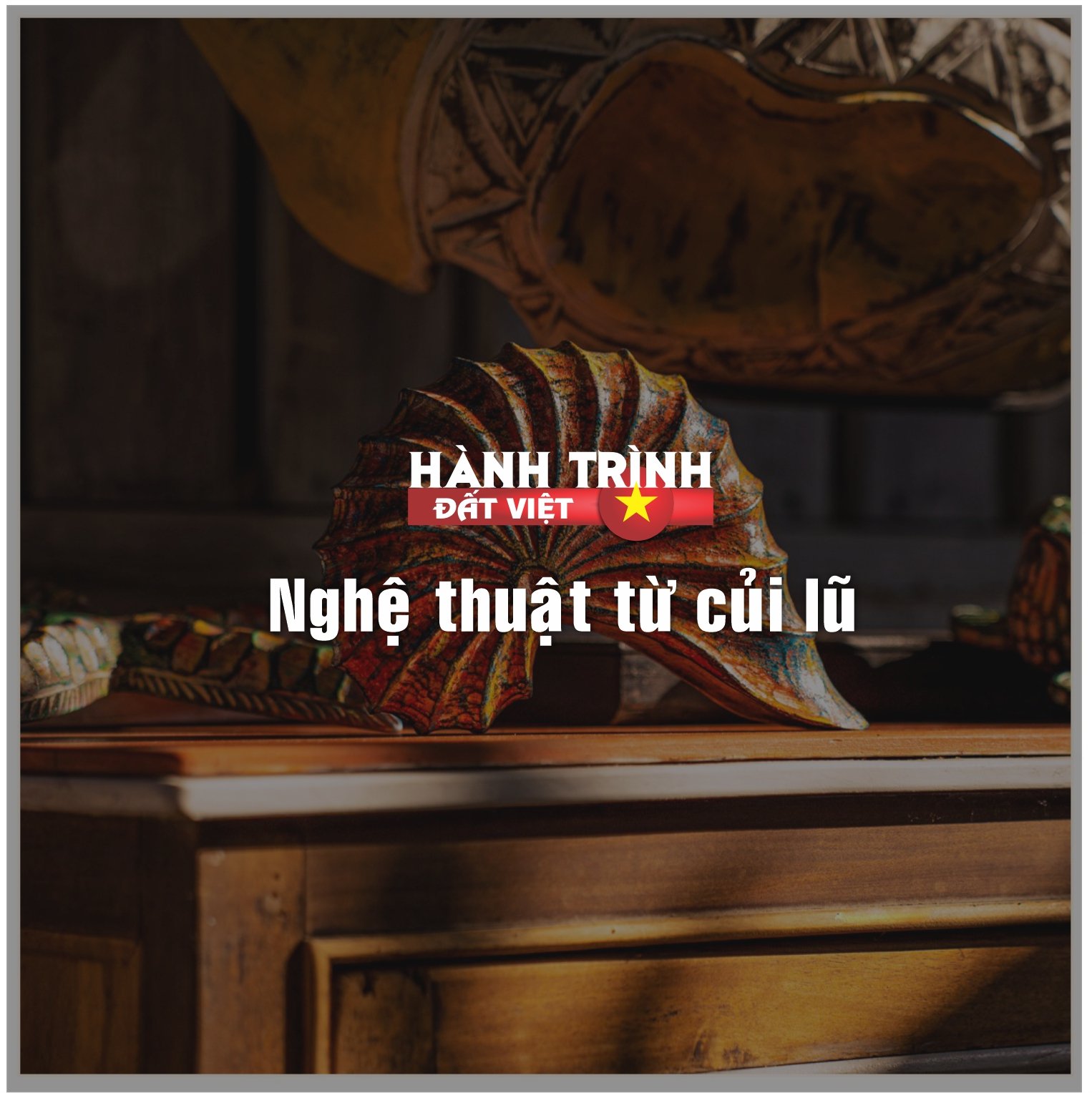

![[Photo] Dong Ho Paintings - Old Styles Tell Modern Stories](https://vstatic.vietnam.vn/vietnam/resource/IMAGE/2025/3/29/317613ad8519462488572377727dda93)








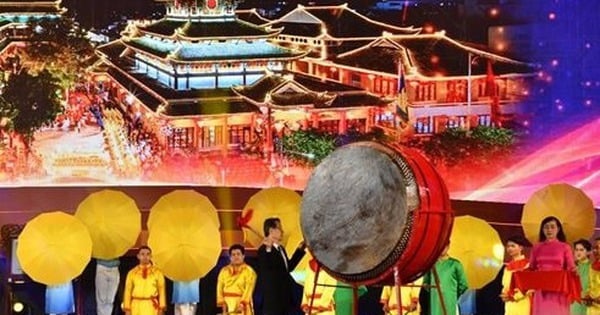
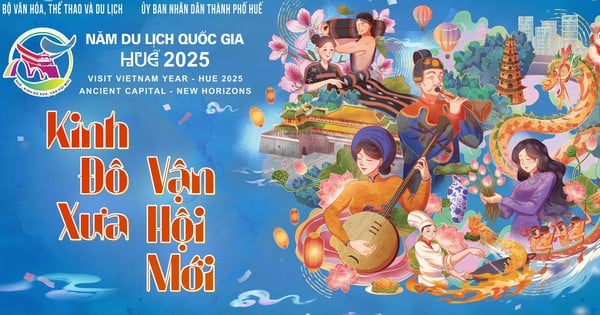
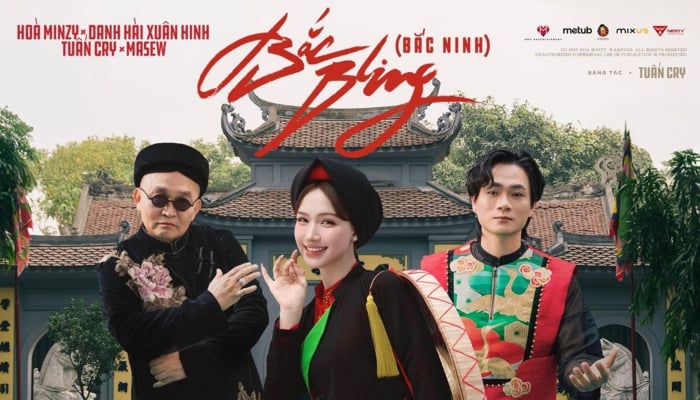

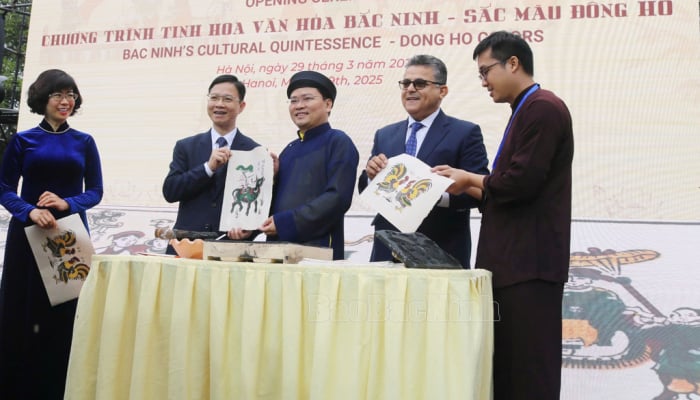
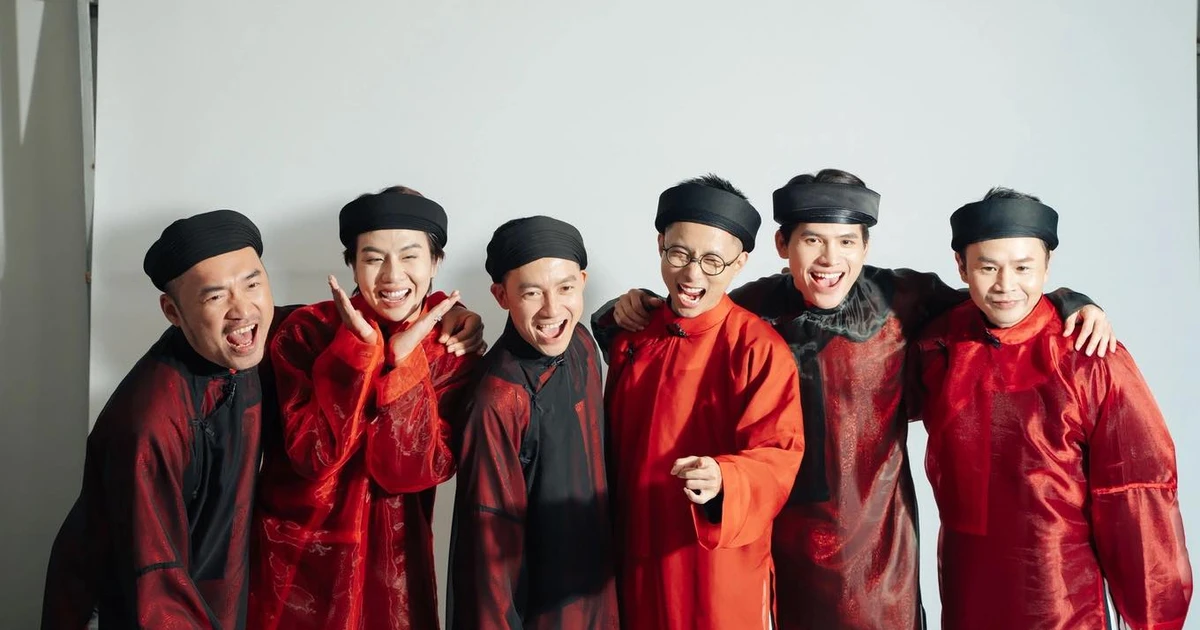

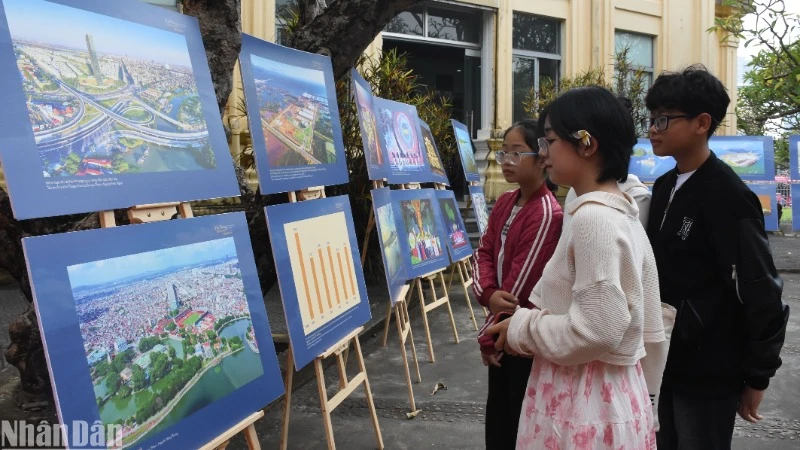
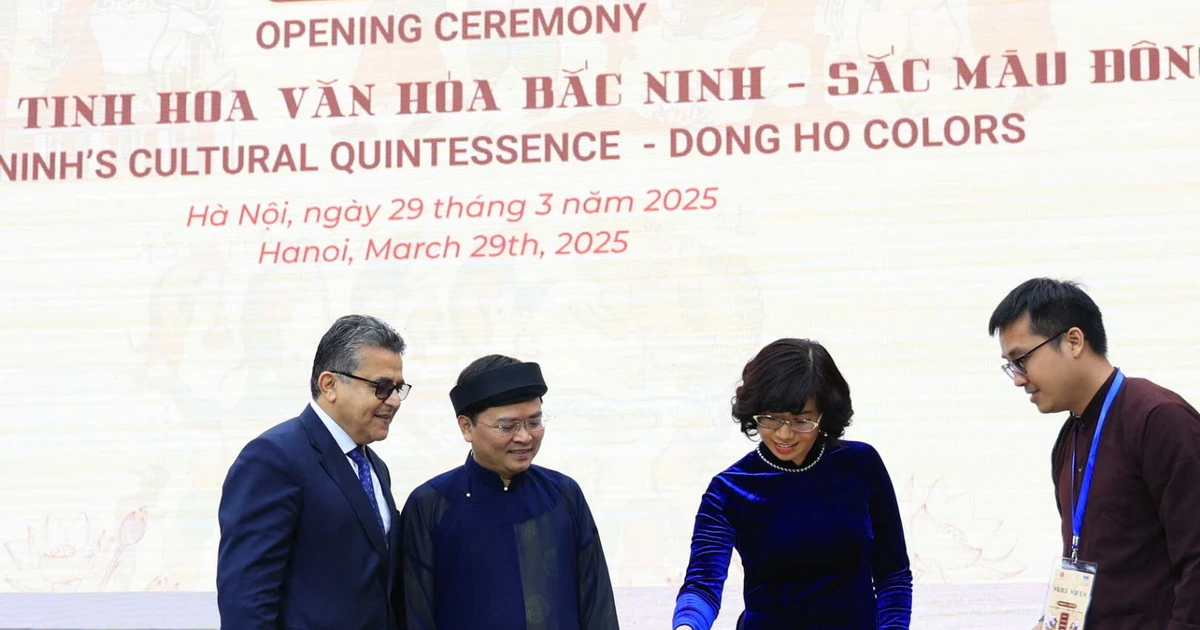




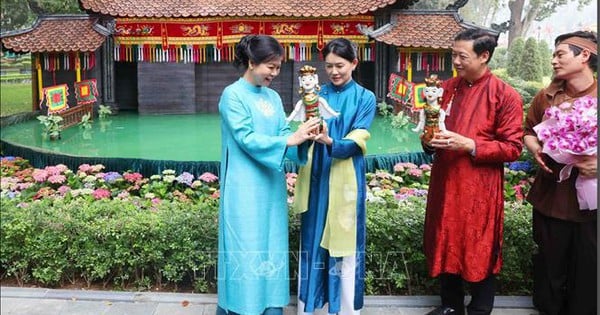
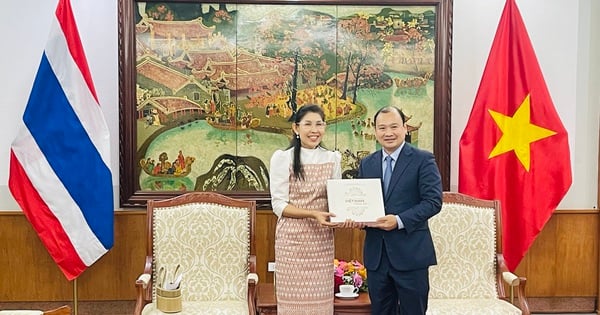
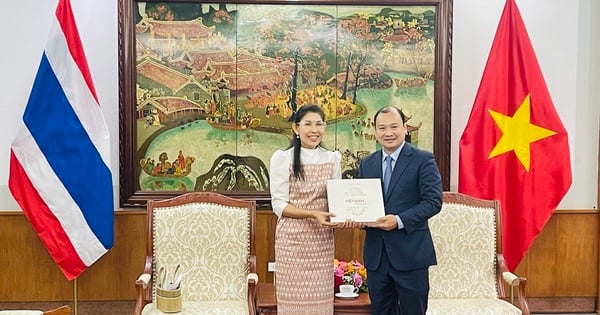

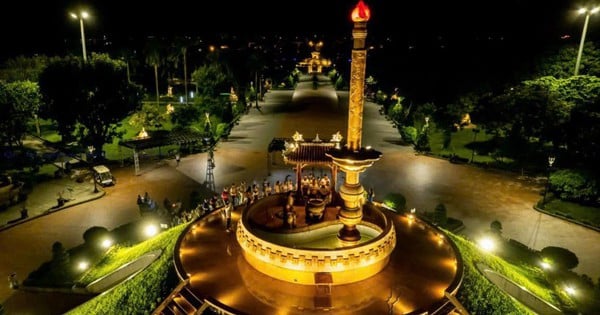
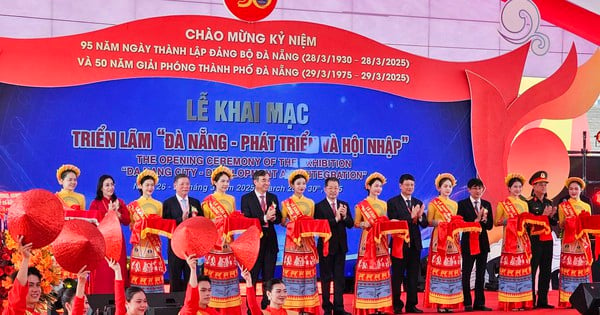
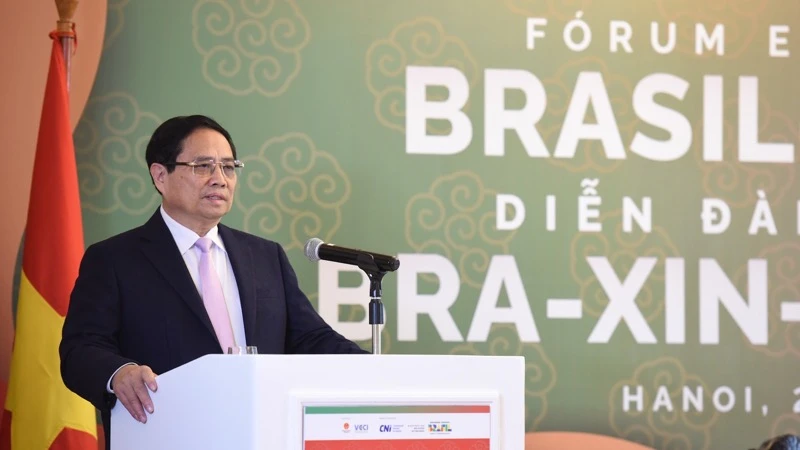

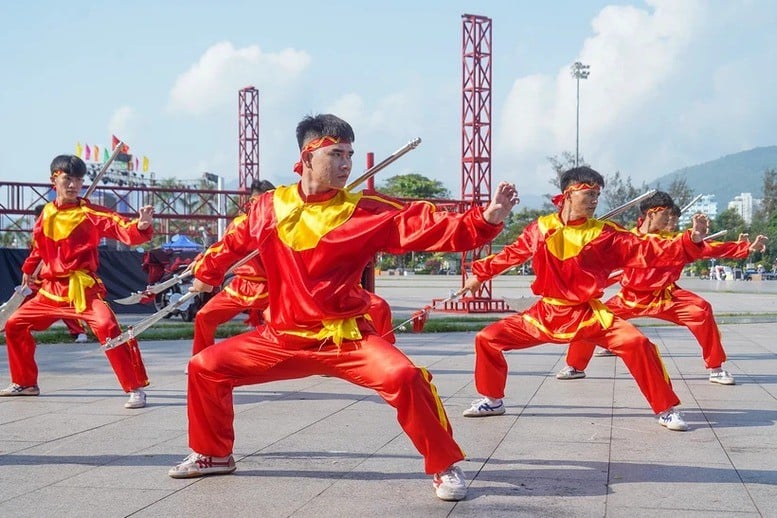




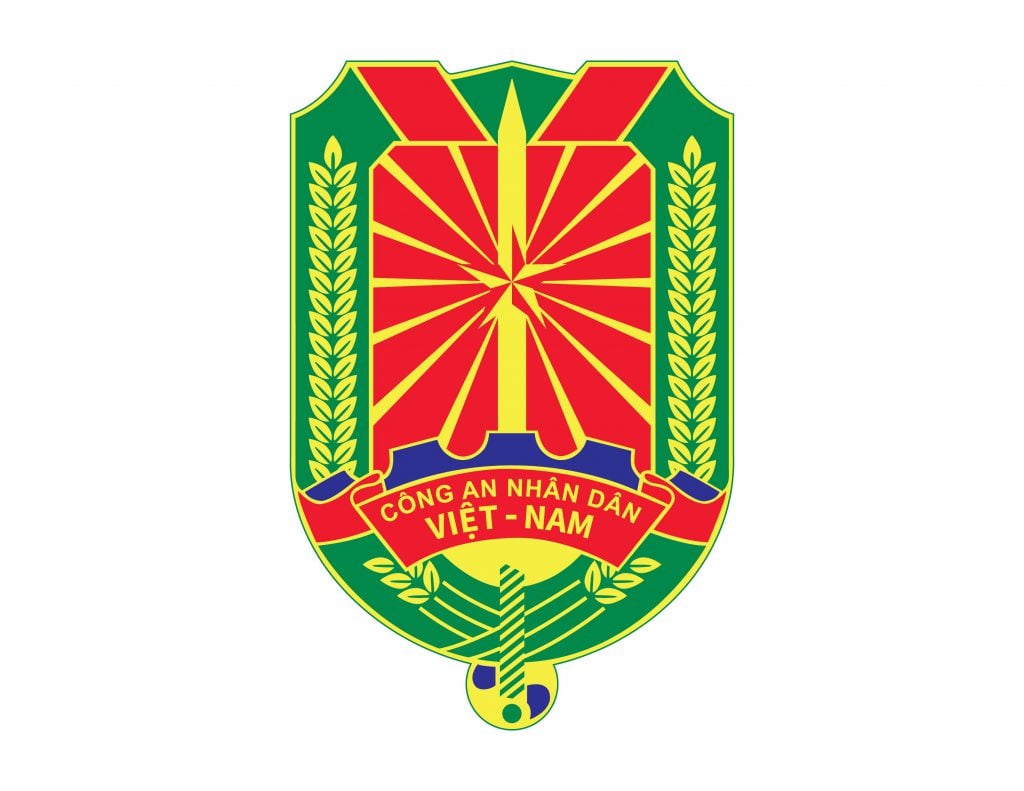







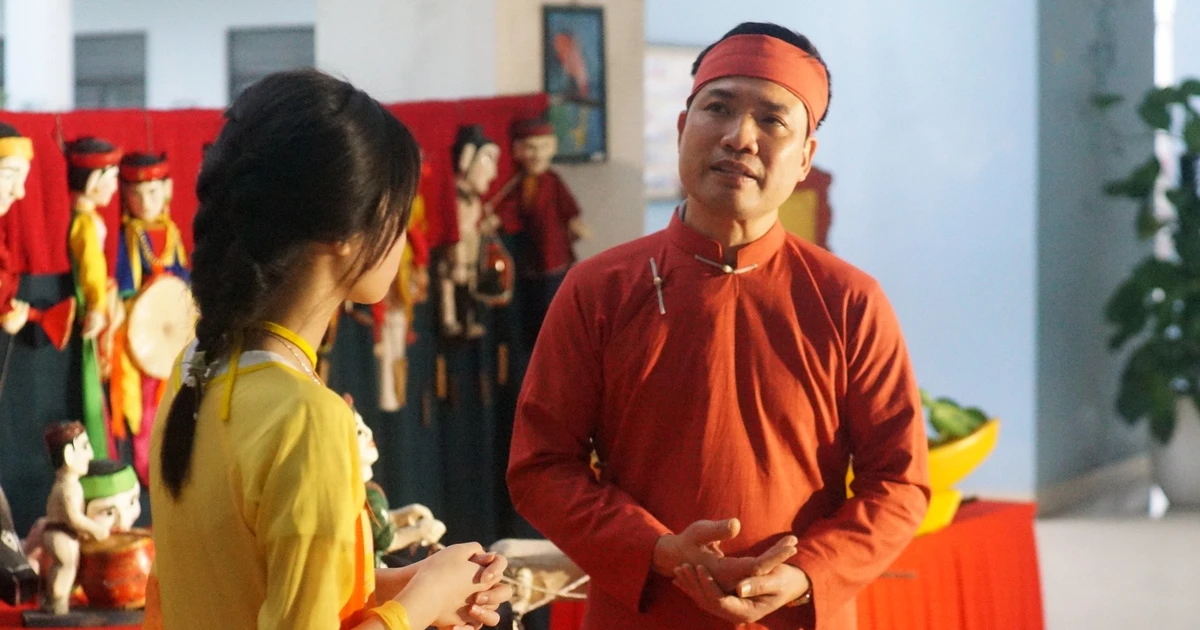
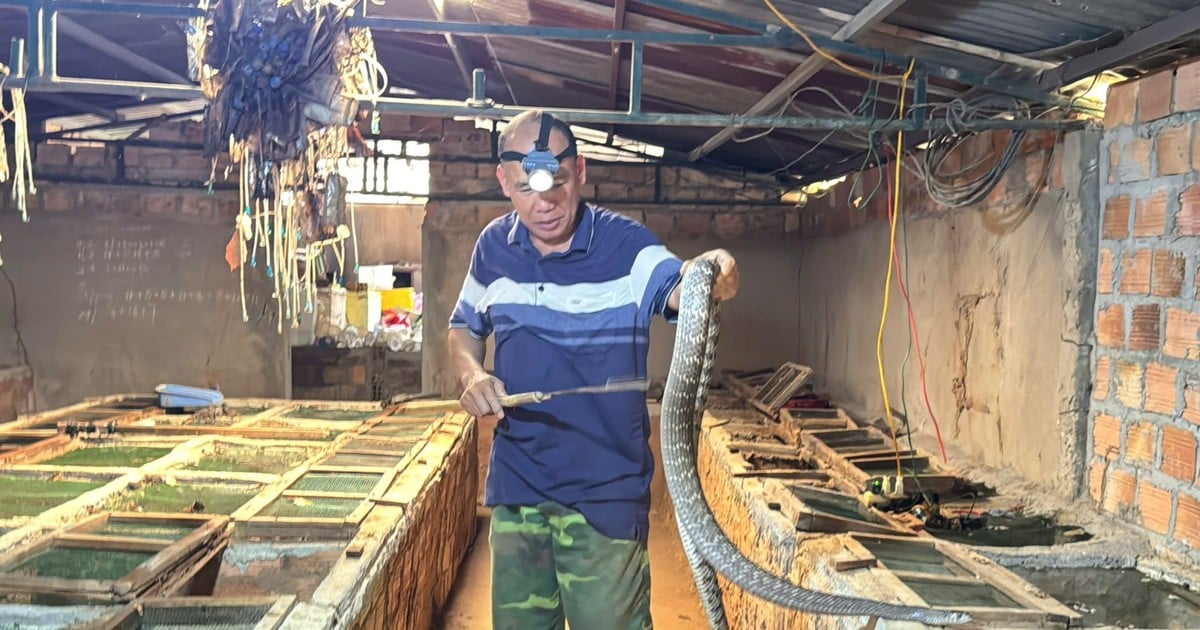
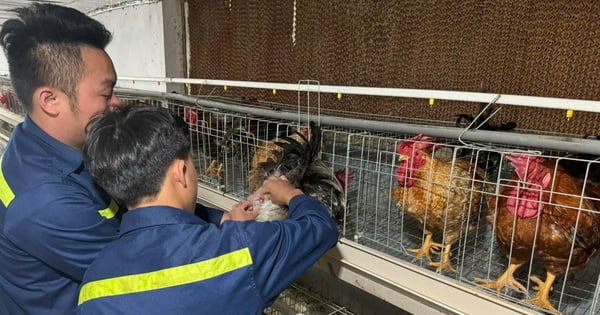

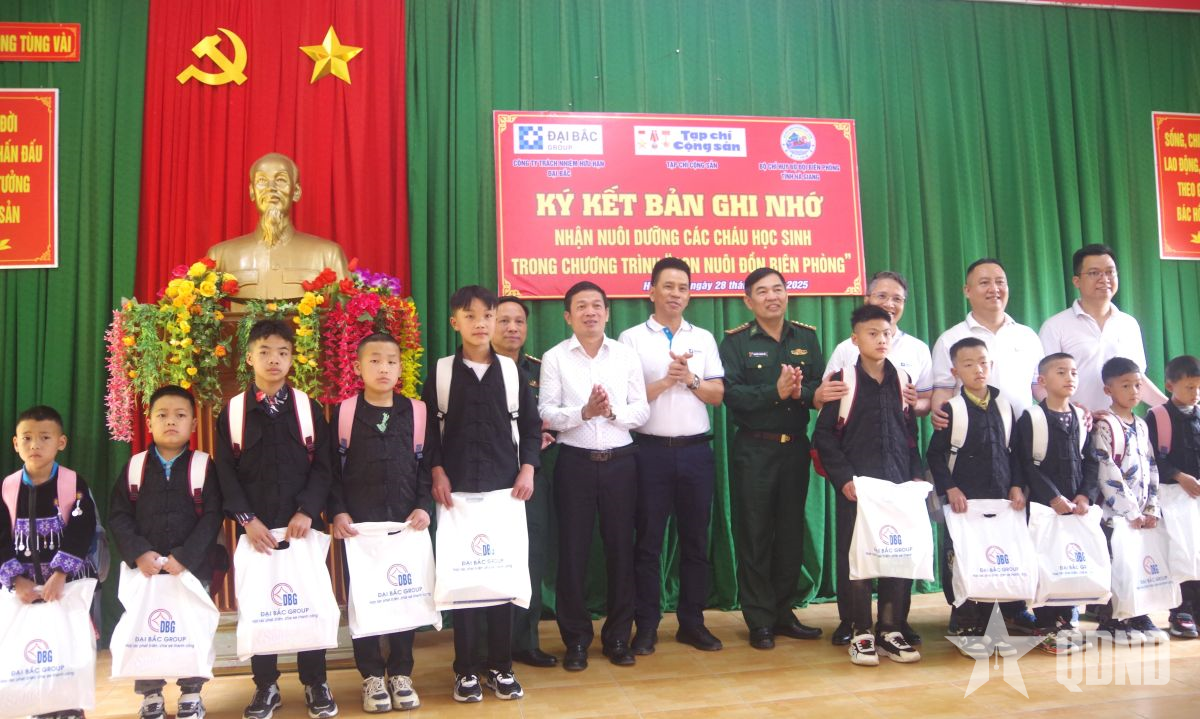














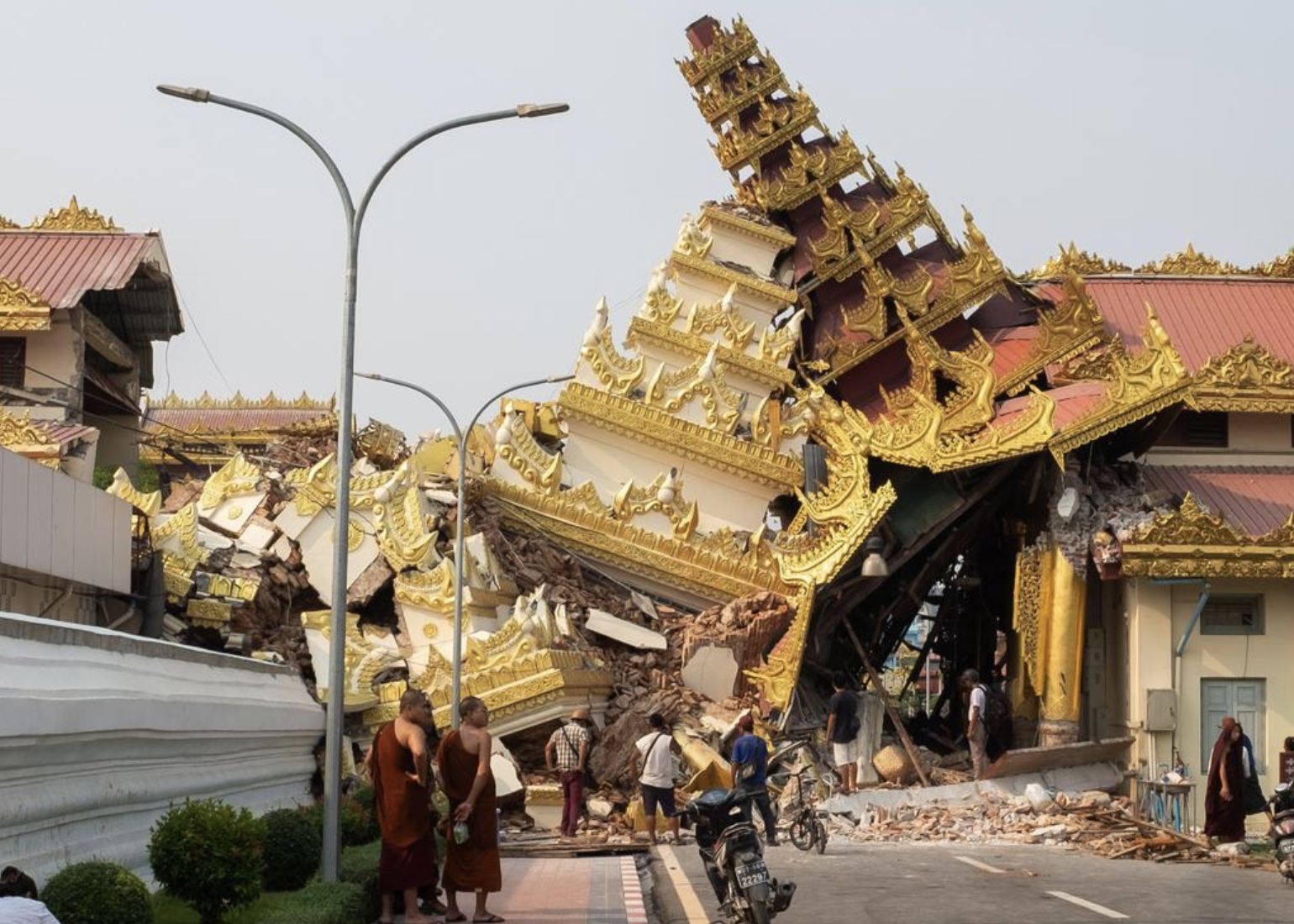





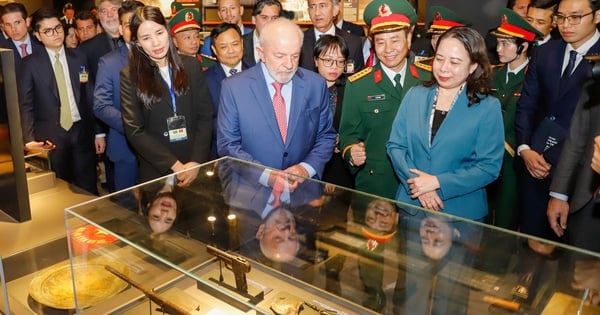





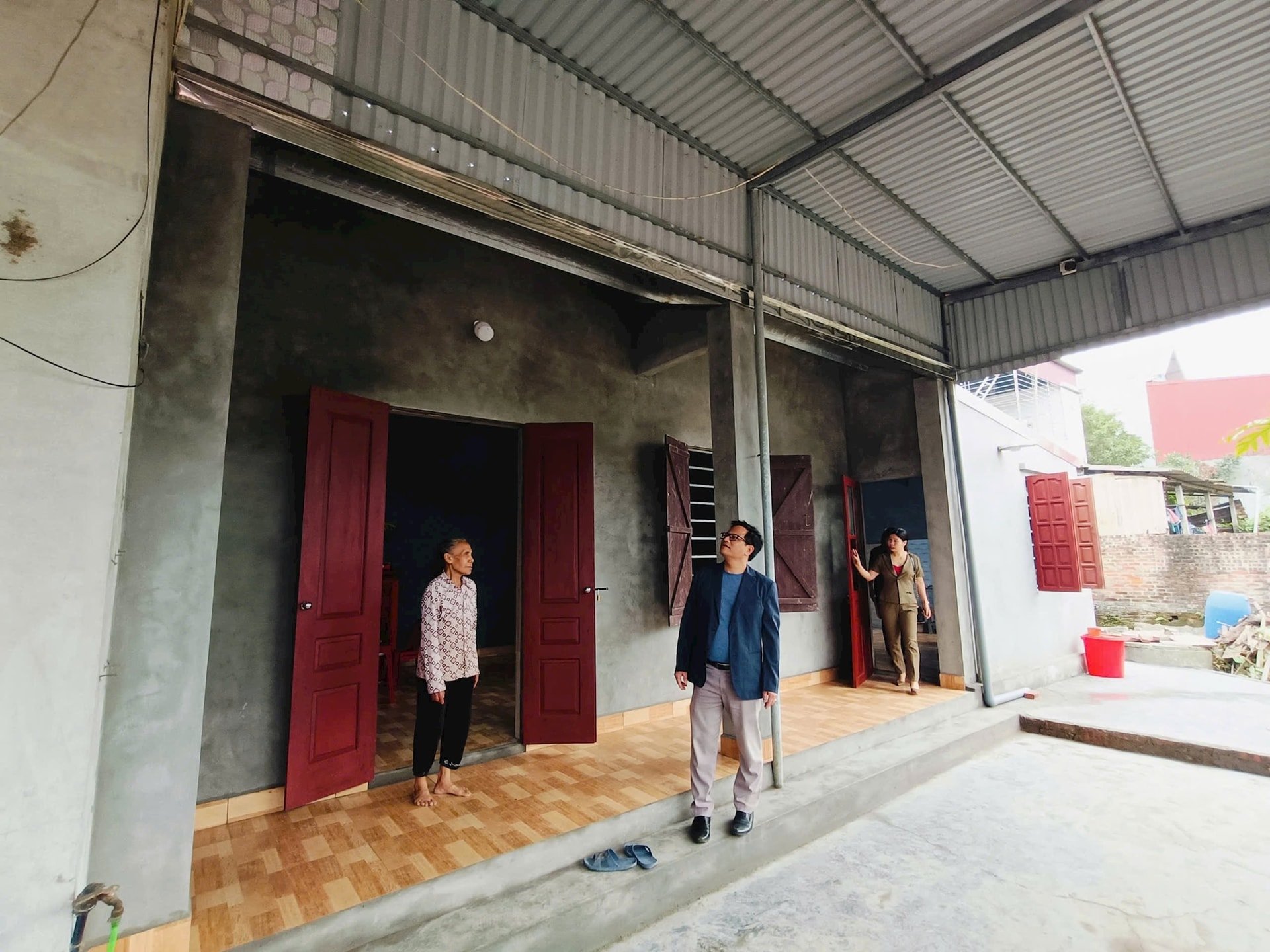




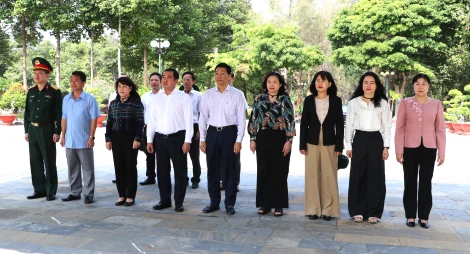



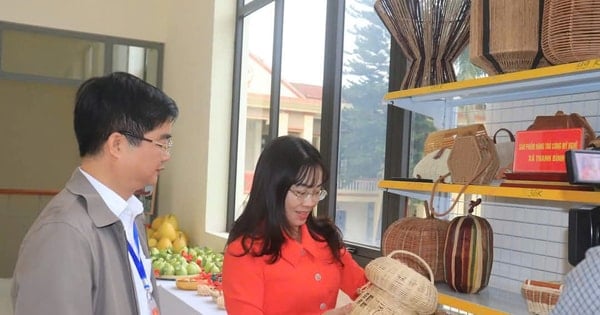

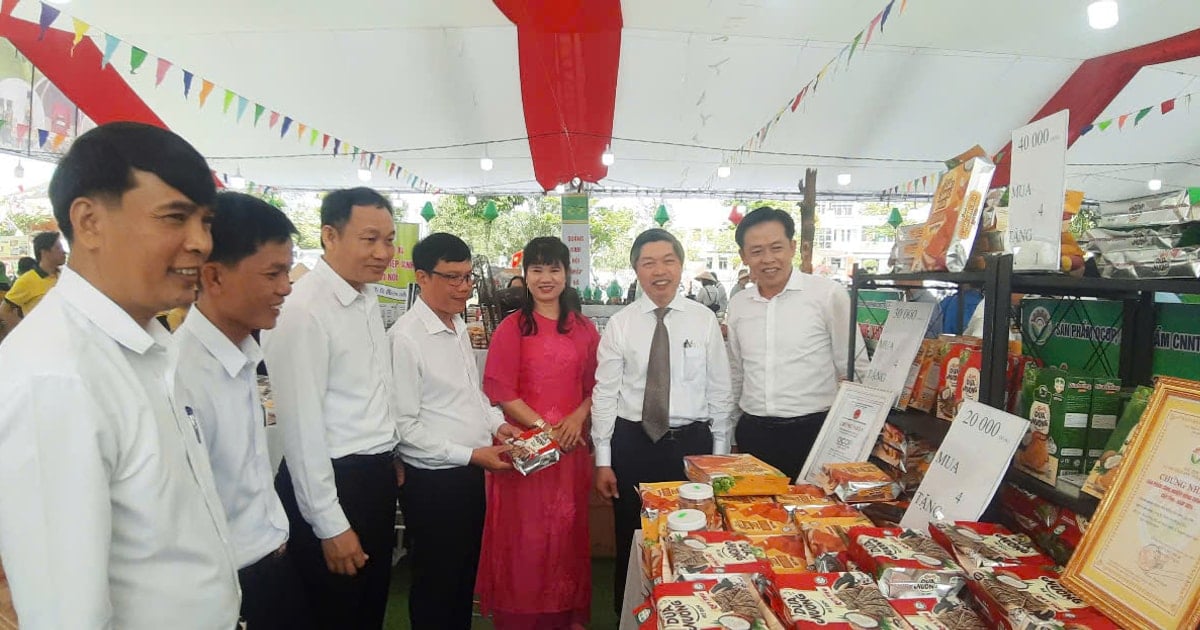




Comment (0)